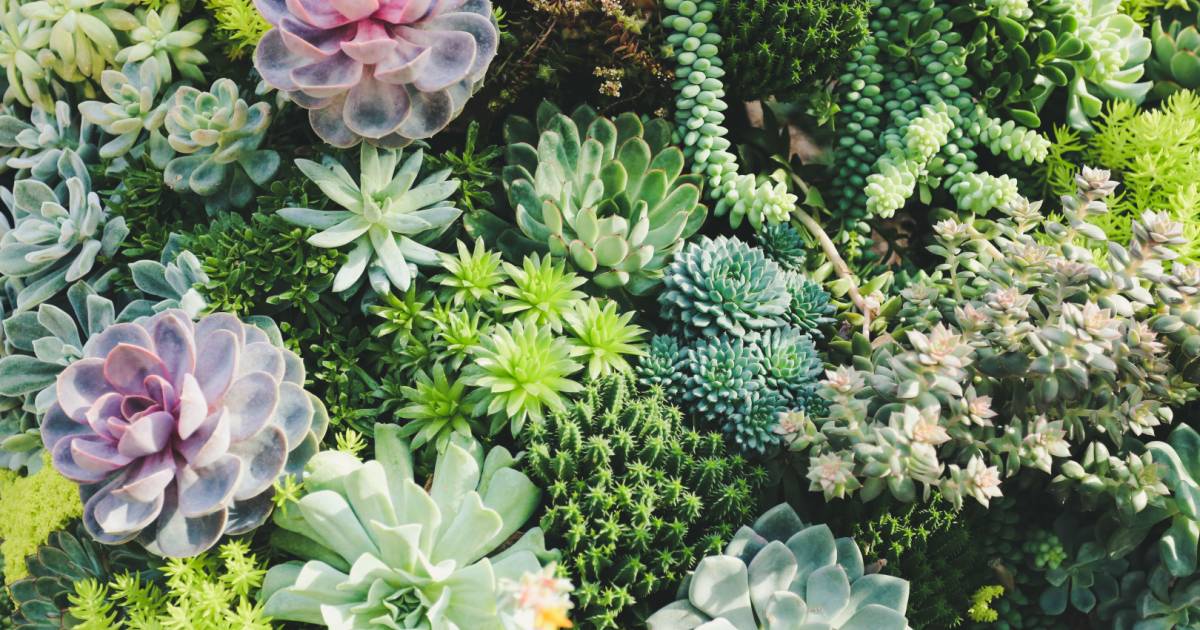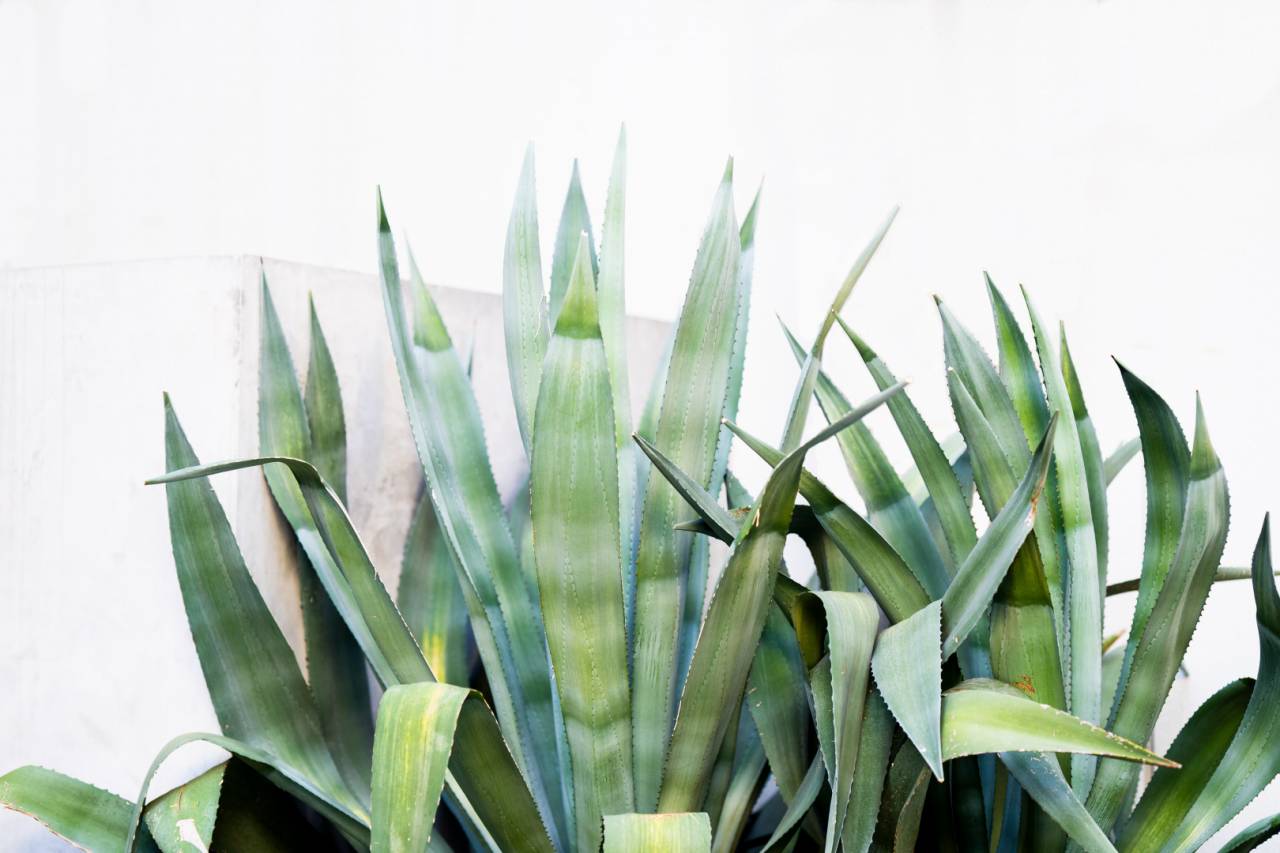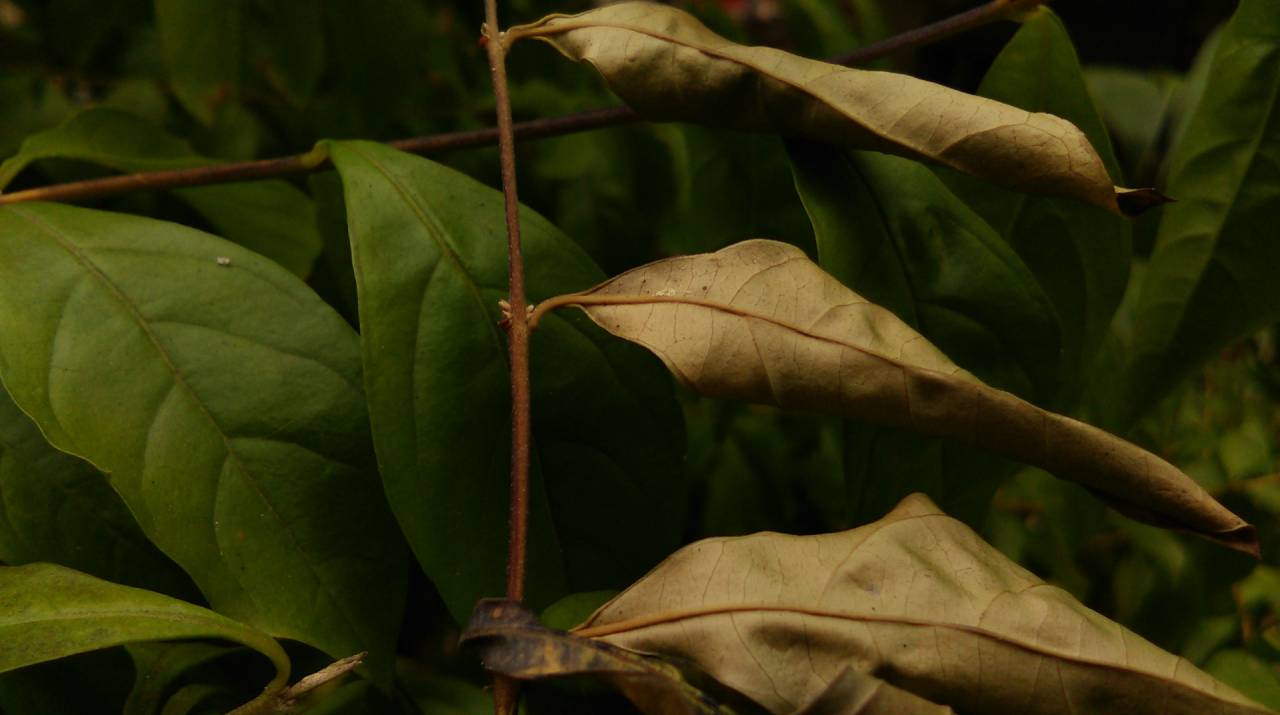Planning your garden with climate change in mind
As designers, we need to be increasingly aware of the effects of climate change in order to plan gardens that will thrive in the future. No longer can we rely on historical data or intuition to design our gardens – instead, we need to factor in things like increased temperatures and unpredictable weather patterns. By planning for climate change, we can create gardens that are both beautiful and sustainable.
The best plants to grow in your garden based on your climate
Your outdoor space is just as important to you as your indoor space. I love spending time in my garden and I take a lot of pride in making it look nice. But one thing I've learned is that not all plants are created equal. Just because a plant is pretty doesn't mean it will thrive in your climate.
That's why today, I'm going to share with you the best plants to grow in your garden based on your climate. Whether you live in a hot and dry climate or a cold and wet climate, I've got you covered. So grab your gardening gloves and let's get started!
How to plan your garden around the changing climate
If you're anything like me, your garden is one of your favorite places to spend time. It's a great way to get some fresh air and enjoy the outdoors, while also getting a little bit of exercise. And, of course, it's a great place to relax and unwind after a long day.
But as the climate continues to change, it's becoming more and more important to think about how we can plan our gardens around these changes. After all, our gardens should be an oasis - a place where we can escape the stresses of daily life. Here are a few tips on how you can do just that:
- First and foremost, make sure that you're choosing plants that are native to your area. This will help to ensure that they're able to withstand the changes in temperature and precipitation that are happening in your region.
- If you're not sure what plants are native to your area, there are a number of online resources that can help you out. The website for the National Audubon Society is a great place to start.
- Once you've selected the plants you want to include in your garden, it's time to start thinking about how you're going to arrange them. This is where things like sun exposure and soil type come into play. Make sure to take these factors into account when planning your garden layout.
- And last but not least, don't forget about adding a few personal touches!
Tips for keeping your garden looking great all year round
If you love spending time outdoors, then you know how important it is to have a beautiful garden. Here are a few tips to help you keep your garden looking great all year round.
One of the best ways to keep your garden looking its best is to do regular maintenance. This means things like trimming the hedges, pulling weeds, and raking up leaves. Doing these things on a regular basis will prevent your garden from getting overgrown and will make it look neater overall.
Another way to keep your garden looking great is to add some decorative elements. This could include adding some colorful flowers or planting a few shrubs. You can also add some outdoor furniture or decorate with lights for a bit of extra flair.
By following these tips, you can keep your garden looking its best all year round. So get out there and start gardening!
What to do if you live in an area that is becoming increasingly arid
When you live in an area that is becoming increasingly arid, there are a few things you can do to make your outdoor space more comfortable. First, diy projects can help create shade and protect your plants from the sun. Secondly, consider decorating your outdoor space with desert-themed decor. Finally, be sure to stay hydrated and take steps to prevent heat exhaustion. By following these tips, you can enjoy your outdoor space even in the midst of an arid climate. Who knows, you might even find that you prefer it!
The benefits of organic gardening in a changing climate
Organic gardening is not only better for the environment, but it can also be more resilient to a changing climate. With diy tips and tricks, you can make your outdoor space work for you no matter the weather. Plus, who doesn't love decorating their yard with organic goodies? Keep reading to learn more about the benefits of organic gardening in a changing climate.
If you're looking to save money and reduce your carbon footprint, organic gardening is a great way to do so. Not only does it require fewer chemicals and less energy to maintain, but it also helps improve soil health and water retention. In a time when droughts are becoming more common, this is an increasingly important consideration.
In addition to being better for the environment, organic gardening can also be more resilient to a changing climate. With diy tips and tricks, you can make your outdoor space work for you no matter the weather. Plus, who doesn't love decorating their yard with organic goodies?
If you're looking to start your own organic garden, there are a few things to keep in mind. First, choose plants that are native to your area or that have been proven to do well in your climate. Second, consider using raised beds or containers to make gardening easier and reduce water usage. Finally, don't forget to compost! Composting is a great way to add nutrients back into the soil and help your plants thrive.
Whether you're an experienced gardener or just getting started, organic gardening is a great way to go. With a little planning and some diy know-how, you can create a beautiful and sustainable garden that will thrive in any climate. So what are you waiting for? Get out there and start planting!
Creating a drought-resistant garden
If you live in an area that's prone to drought, you know how important it is to have a garden that can withstand dry conditions. Here are some tips for creating a drought-resistant garden of your own.
One way to make your garden more drought-resistant is to choose plants that are native to your area. Native plants are adapted to the local climate and soil, so they're more likely to thrive during periods of drought.
Another way to create a drought-resistant garden is by using mulch. Mulch helps retain moisture in the soil, which means your plants will need less watering during dry spells. You can find mulch at most gardening stores or online.
Finally, consider installing a drip irrigation system in your garden. Drip irrigation is a type of watering system that slowly releases water to the roots of your plants, minimizing evaporation and runoff. Drip irrigation can be an investment, but it's worth it if you want to create a drought-resistant garden.
With these tips, you can create a garden that can withstand even the driest conditions. So don't let drought stop you from enjoying your outdoor space - get creative and start planning your drought-resistant garden today!
Garden designers have long relied on intuition and historical data to create beautiful gardens that thrive in their climates. However, with the changing climate, we can no longer afford to be complacent and must factor in the effects of climate change into our designs. By planning for climate change, we can create gardens that are both sustainable and stunning. If you’re interested in learning more about how to garden in a changing climate, or want tips on how to make your current garden more resilient to drought and heat waves, please check out our other articles on this topic. Don’t forget – if you need help getting started, our community is here to assist you in the comments below!
Categories: Exterior Design, Gardening, DIY | Authored by: RE DESIGN | Posted: 09/01/2022


